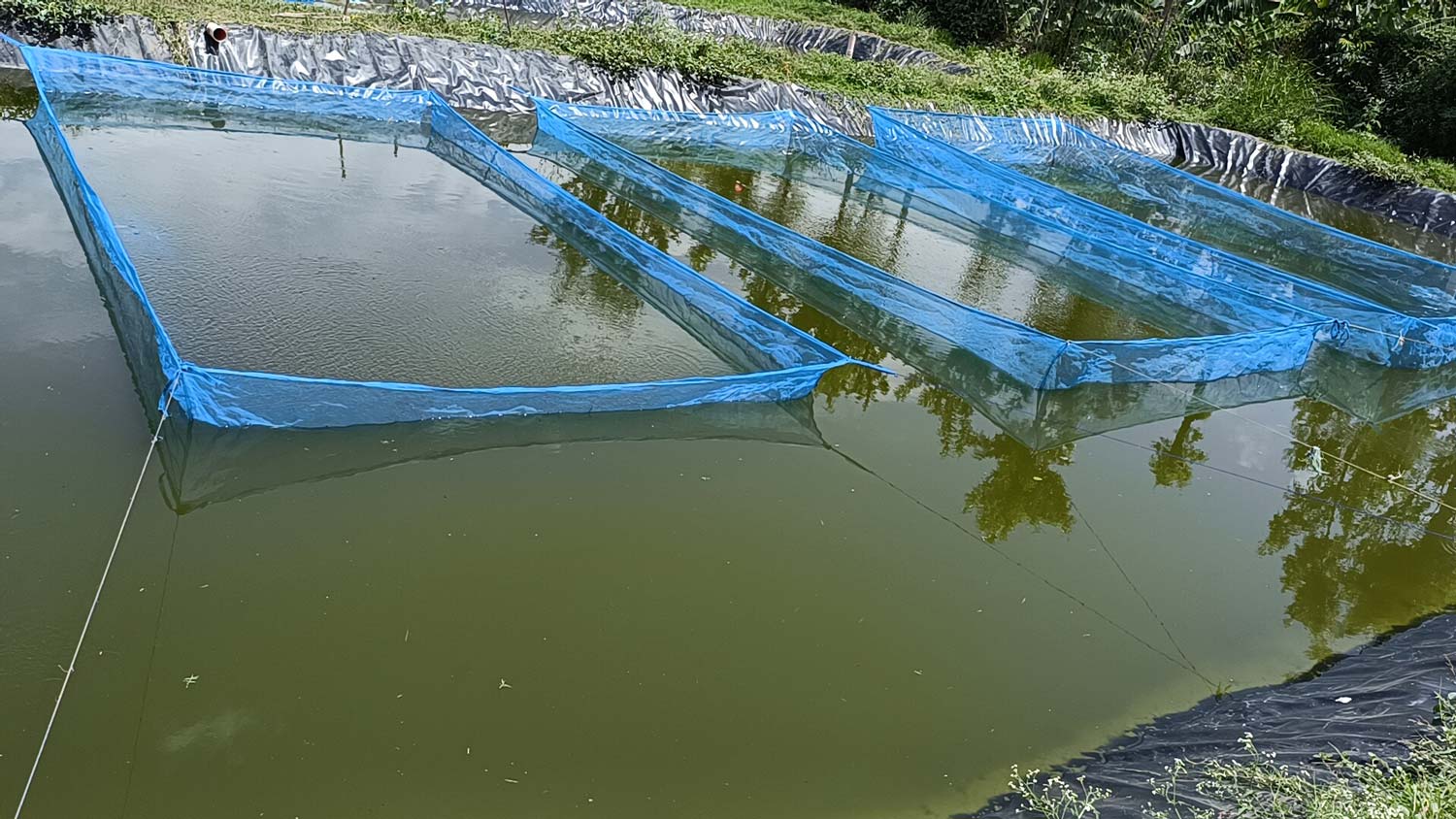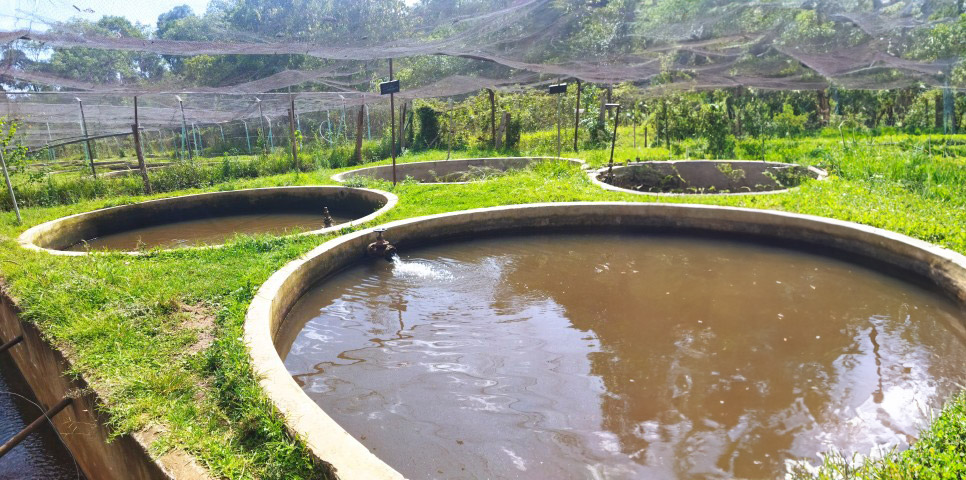Humans remain the primary contributors to climate change, and now we’re facing the consequences. Unfortunately, all signs point to it getting worse, with a 98% chance that the next five years will be the warmest on record. As we literally feel the heat, industries like aquaculture are also struggling with its impact. Aquaculture, a major global food source and livelihood for many households, is not immune to the effects of climate change.
Since 1981, global temperatures have risen at an average rate of 0.18°C per decade—double the rate of a century ago. Despite efforts to combat climate change, progress has been slow, and aquaculture is feeling the strain
Effects of Climate Change on Aquaculture
Global warming is causing glaciers and ice sheets to melt at an alarming rate, raising sea levels and leading to potential flooding, salinization of pond water, and changes in water temperatures. Flooding can introduce invasive species into ponds, disrupting aquatic ecosystems and harming both plants and animals.
For example, if pond water becomes salinized due to flooding, freshwater fish may dehydrate and die. Additionally, pollutants like motor oil can be carried by floods, posing a serious threat to aquatic life.
Climate change also affects water temperatures, reducing the survival rates of aquatic organisms. Temperature fluctuations cause stress, forcing aquatic animals to migrate in search of cooler waters. Cold-water species like cod and salmon are especially vulnerable to thermal stress and may die. Warmer waters hold fewer dissolved gases, leading to oxygen shortages for aquatic animals and a lack of carbon dioxide for plants
As we burn more fossil fuels, we release increasing amounts of carbon dioxide into the atmosphere. Since the Industrial Revolution, atmospheric carbon dioxide levels have risen by 50%, surpassing what plants can absorb. This excess carbon dioxide is absorbed by the oceans, leading to a decrease in water pH, a process known as ocean acidification.
Marine animals like shrimp and oysters need carbonates to develop their shells. However, ocean acidification binds carbonate ions, making it more difficult for these animals to form their essential shells. Existing shells may begin to dissolve, and fertilized eggs can also be harmed, negatively impacting the production of aquatic life.
Adapting to Climate Change
Aquaculture doesn’t exist in a vacuum—when other sectors such as agriculture are hit by climate change, aquaculture is also affected. Therefore, there is a need to collaborate with other sectors to mitigate and adapt to the effects of climate change.
Creating awareness among the communities that practise aquaculture will help them act in preparedness for future effects of climate change. Since natural occurrences such as floods are unforeseen, those in the aquaculture businesses could consider having insurance covers to cushion them. Global awareness of the impact of climate change could also go a long way in encouraging people to take part in small acts that will help in reducing climate change.
Sources
https://www.ifad.org/documents/38714170/39135645/fisheries.pdf/17225933-cea1-436d-a6d8-949025d78fbd
https://www.frontiersin.org/articles/10.3389/fsufs.2021.609097/full
https://asc-aqua.org/learn-about-seafood-farming/aquaculture-climate-change/
https://www.noaa.gov/education/resource-collections/ocean-coasts/ocean-acidification




